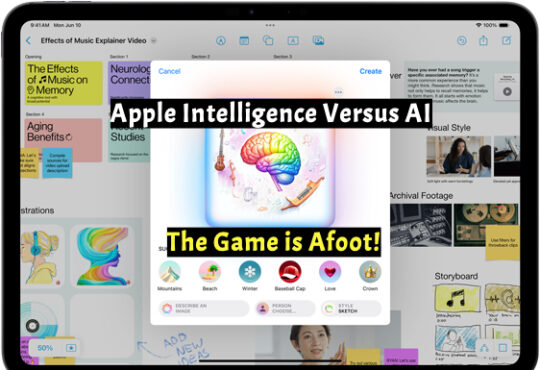Now AI can Answer Your Spam Calls
Truecaller has tied up with Microsoft that would let AI answer spam calls in your own voice

At first glance, this headline may have elicited a sigh of relief when you read it. And for two reasons. First, it is about the naysayers who believe the current fuss around Gen AI and the rest is hype, may be forced to rethink. And, the second lot are those who were eagerly wishing for a solution to tackle telemarketing calls and other spam callers.
For some time now, the entire question of AI replicating human voices has generated a binary response from people. The music industry was up in arms when AI used the large language models to learn an artist’s voice modulations and then replicate it with new words – our own AR Rahman even created a new song based on the voice of a deceased artist.
The shift from computer-generated synthetic voices to actual human voices is still work in progress and Truecaller, the popular caller ID service, is launching a new service that allows customers to use its AI assistant to answer phone calls in their own voice. Sounds like a heaven-sent for those of us who haven’t set up do-not-disturb (DND) with their network.
What’s the AI Assistant doing for you?
So, how is the company which made spam identification a business, working this magic? They have done a deal with Microsoft that allows the Sweden-based entity to use the latter’s personal voice technology introduced last November. At least some readers would recall the launch of Azure AI Speech.
Going forward, paid users of Truecaller can replicate their voices to greet and respond to callers using Microsoft’s Personal Voice. This is in addition to the feature that lets users pre-set system-generated voice options through the digital assistance feature that helps answer phone calls, screens unknown calls, takes messages, and even responds on a user’s behalf while even recording the call.
“This groundbreaking capability not only adds a touch of familiarity and comfort for the users but also showcases the power of AI in transforming the way we interact with our digital assistants,” says Truecaller product director Raphael Mimoun in the blog post.
Of course, there’s some initial work to be done
Of course, one has to do some background work for the feature to be enabled and to work the way you want it to work. Start off by recording a script that lasts a few seconds in your own voice in order to create a digital copy, for which consent is sought. The AI then uses various words uttered by you to deliver a cogent response to callers – in your own voice.
Truecaller’s AI Assistant screens incoming calls and lets users know more details such as who’s calling and why. So, users can now have a grip on why someone is calling and then customize their response, either after picking up the call or just having an AI assistant answer them. By the way, readers would know that The Assistant is currently available only in select countries after its launch in 2022. (You can watch this video to see how it works).
While there are some ready templates that users can make do with, the follow-up responses too can be customized to suit individual preference. As a precaution, the Azure AI Speech personal voice feature adds watermarks to the speech outputs it creates in order to let detector tools identify synthetic audio.
Readers would also recall that Azure AI Speech was showcased during the Build conference recently where it added a personal voice feature that allows users to record and replicate voices. The company was quick to note that the personal voice feature would be available only on a limited basis and for specific use cases such as voice assistants.








